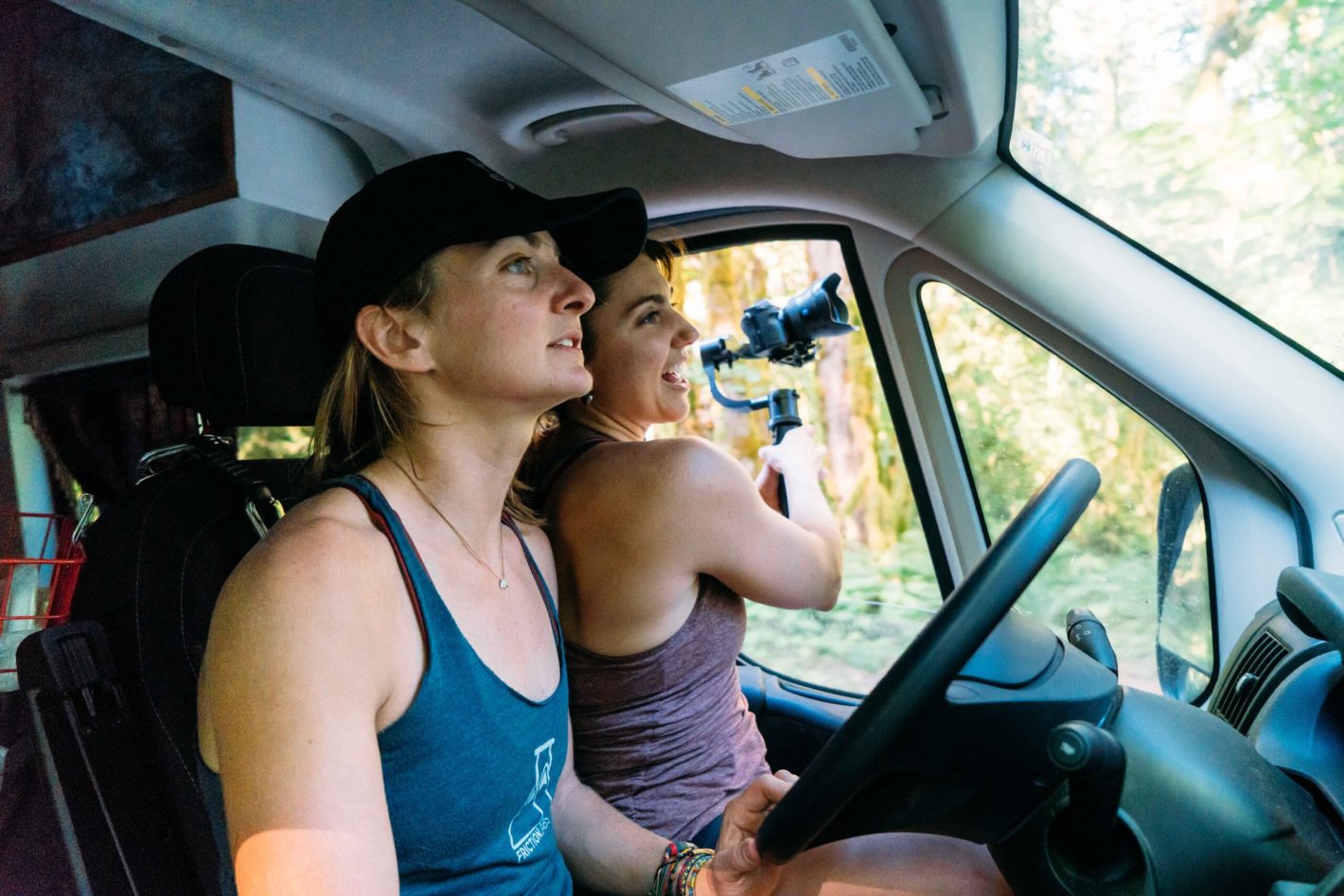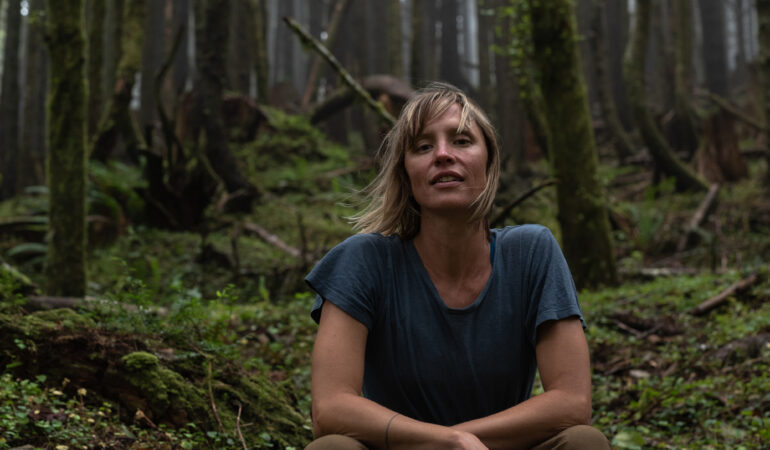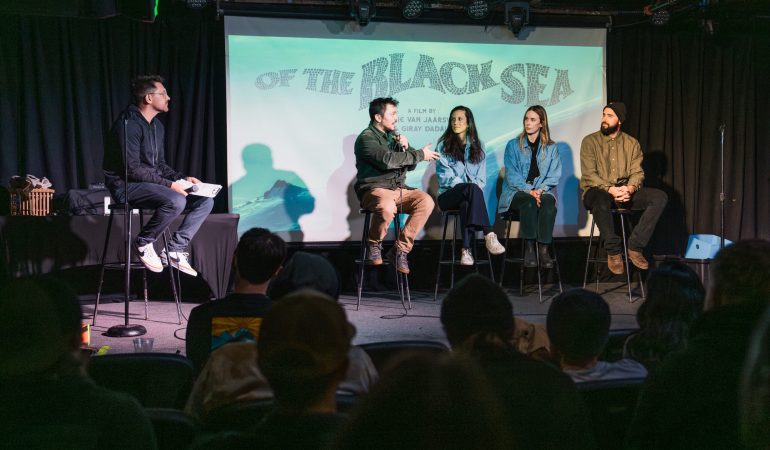The pioneering storytellers of the outdoor industry lived on the cheap, chasing thrills until the work eventually got steady enough to pay the bills. For photographers, that uptick often happened when a glossy cover shot circulated among art directors looking for a new look. With independent filmmakers, a festival screening could lead to a distribution deal and better funding for the next project. And with writers, a national magazine award-worthy feature might lead to a book deal, or simply secure a contributing editor title on a masthead—and a steady paycheck by way of a multi-article contract.
The public work was its own portfolio and spawned new projects. Today, though, woe to the media professional who doesn’t at least have a passing understanding of marketing—not of products or companies, but of themselves as independent contractors. In 2024, tech-savvy self promotion is as central to success as having a decent headshot and short bio on file was 20 years ago. And yes, a lively social-media presence is a good start, but as story-based social media declines—Facebook is jettisoning Gen Z users and X usage is down 23 percent overall since 2022 when it was still Twitter—your personal marketing strategy can’t start and end with social media.
Austin-based writer Ian Dille knows the dance well. After J-school at the University of Texas and an internship at the late lamented National Geographic Adventure, Dille’s byline appeared often in Texas Monthly, Outside, and Bicycling. He parlayed his association with the latter into a pair of books, helping with Olympian Marty Nothstein’s 2012 memoir “The Price of Gold,” and the 2015 guidebook “A Cyclist’s Bucket List.” But even for go-to contributors like Dille, the publishing world was as tumultuous as a muddy cyclocross start. With his wife expecting their second child in 2017, he joined the sports streaming platform FloSports to launch their cycling coverage.
Soon after, the company secured the streaming rights to Giro d’Italia, by which time Dille found himself in the broadcast booth. In addition to the commentary, learning video production and content creation for an online startup expanded his professional repertoire beyond just narrative writing and reporting. “It was sink or swim,” says Dille. “I needed the job, so I had to learn to talk on camera. I had never done that before. It was not easy, but the first thing the content producers said was, well, you’re not the worst we’ve ever seen.”








